Han Xiong Ba Bei (涵胸拔背) or to contain the chest and raise the back, “contain” means to hold or embrace. Containing the chest means that the chest should maintain a sense of inner containment, with the chest cavity relaxed, empty, and contained, neither protruding forward nor collapsing backward. The shoulders slightly come forward, and the clavicles, sternum, and pectoral muscles sink and descend, contributing to the sinking of Qi to the Dantian. The ability to contain the chest enables the movement of Qi to be guided by the mind (Yi Xin Xing Qi). If the chest is not contained, the Qi easily rises, causing mental (Jing-Shen) tension and affecting smooth breathing. Therefore, it is necessary to contain the chest. However, containing the chest does not mean concaving the chest, and practitioners should distinguish between the two.
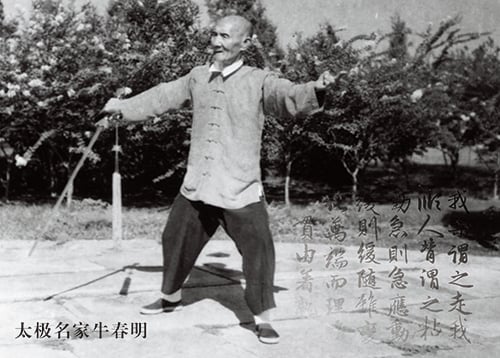
Raising the back means that the back should not protrude backward but remain straight, allowing the Qi to adhere to the back. It could feel warm and give a sense of energy (a sense of Qi or Qi Gan). Being able to contain the chest in the front and raise the back in the rear allows the whole body’s movements to be coordinated and consistent. Only then can the spine generate elastic force like a bow when force is released (Fa Fang), as described by the saying, “Force is released from the spine.” When practicing Taijiquan, it is important to avoid protruding the chest, as it easily leads to Qi rising upward. Containing the chest means that the chest slightly sinks inward, allowing the lungs to open and close rhythmically and the Qi to sink to the Dantian. “Raise” means slightly lift or elevate, and “raise the back” means slightly lifting the back with the head. With the guidance of “the ethereal crown force (Xu Ling Ding Jin or hanging the crown point),” the back naturally lifts, keeping the spine vertical and ensuring unobstructed circulation of the Governor Vessel (Du Mai). Therefore, containing the chest and lifting the back are interconnected. By properly hanging the crown point, containing the chest, and raising the back, the body feels light and agile (which is the purpose of training Taijiquan; it is the true result of the proper Song). Thus, containing the chest and raising the back is not hunching the back or raising the back, but a combination of various forces: empty, relaxed, and sinking.
-Translate from Nui Chumming’s Hand Copying Taijiquan Old Classics Collection.
-Niu Chunming was one of the three Xuan of the Yang family who learned directly from Yang Jianhou and Bai Shi (拜師 – In the context of Chinese martial arts, it is a ceremony with ritual elements conducted by a master in which one or more students “Enter the Door” and become disciples) to Yang Chengfu after Yang Chengfu moved to Beijing. Niu was the one who helped Yang Chengfu in teaching at Zhongshan Park by Yang Jianhou’s order before Yang Chengfu achieved his skill.
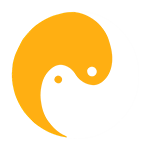
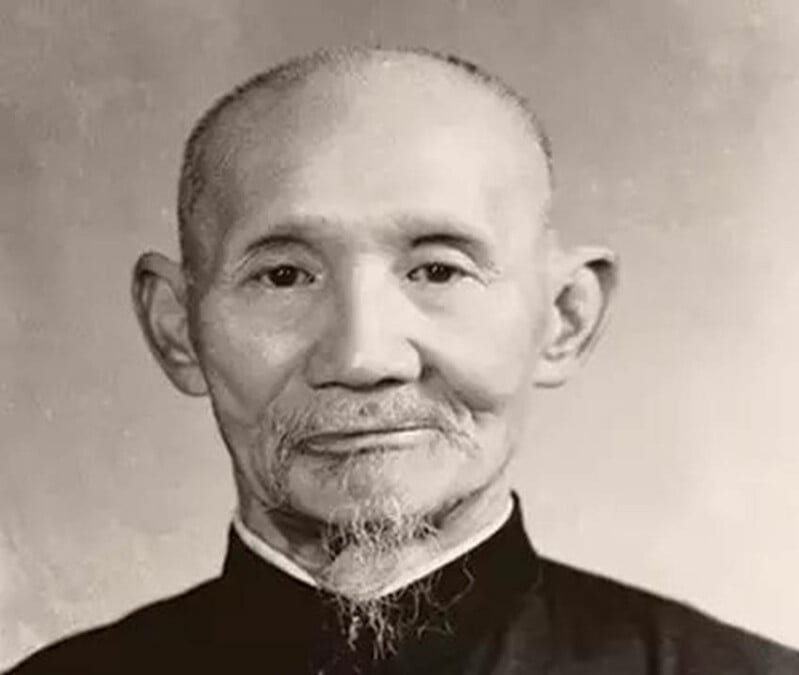
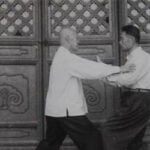
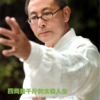
Thank you for sharing this.